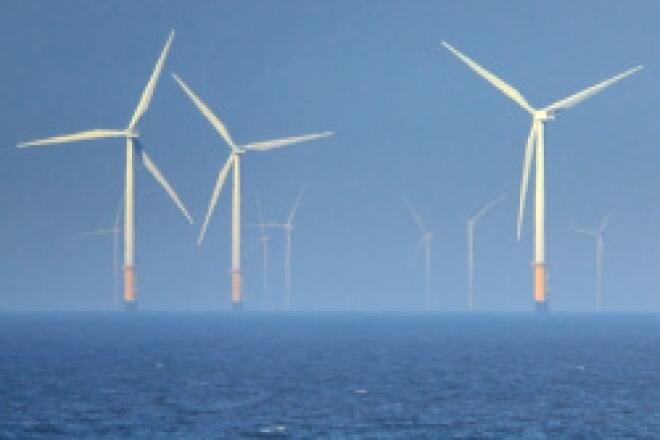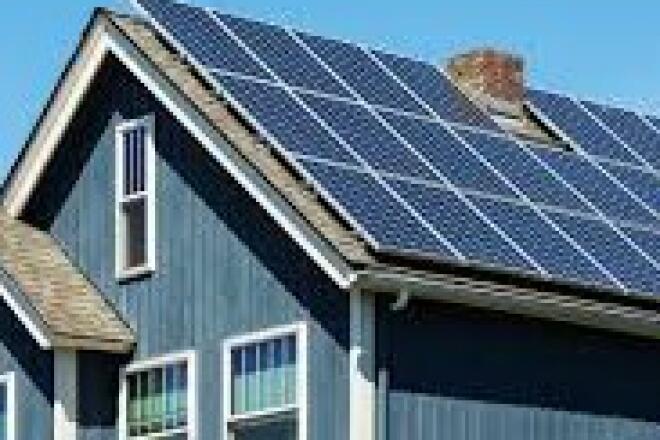
5 Stories Highlighting the Clean Energy Transition
Over the last decade or more, the energy industry has been undergoing a major transition.
This includes generating more energy from renewable sources like wind, solar and hydro, encouraging the growth of technologies like electric vehicles (EVs), heat pumps and smart thermostats, and much more.
In 2023, this trend has continued, and through the first half of the year, there have been a number of facts and figures that showcase just how quickly the industry is moving toward a smarter, cleaner and more efficient future.
In this month’s blog, we’ll look at five recent stories that highlight the clean energy transition:
1. Heat pumps are selling faster than gas furnaces for the first time.
Air-source heat pumps are widely considered one of the key technologies for decarbonizing American homes. Not only do they heat and cool homes without the use of fossil fuels, they do so while using 60-70 percent less energy than traditional options like a gas furnace, boiler or electric radiator.
Now, a new report from the International Energy Agency (IEA) shows that interest in efficient technologies like heat pumps is surging and that residential heat pump sales actually exceeded gas furnaces in the United States for the first time last year – totaling 53 percent of all heating system sales.
2. A new tool aims to help you access clean energy rebates and incentives.
When the Inflation Reduction Act (IRA) was passed into law last August, it created a new landscape for clean energy upgrades. Widely touted as the most important climate legislation in U.S. history, the IRA offers Americans rebates or tax credits for heat pumps, weatherization, battery storage, rooftop solar, EVs and more.
Accessing these incentives, however, has been unclear for many consumers. But, recently, the U.S. Department of Energy launched “the Energy Savings Hub, a one-stop shop to put those tax credits and rebates at consumers’ fingertips.” The new tool shows you relevant upgrades based on the info you input and shows you exactly how the government will help pay for them.
3. Global clean energy investments widen lead on fossil fuel investments.
The transition away from fossil fuels to renewable energy sources, such as solar, wind and hydro, has been going on for years now. However, according to recently released data from IEA, that transition has been accelerating over the past couple of years and recently hit a major milestone.
In 2023, it’s projected that the world will invest around $1.7 trillion in clean energy – significantly more than the approximately $1 trillion expected for fossil fuels. Just a few years ago, back in 2018, investments were approximately equal, and in 2015, there was still substantially more funds flowing into fossil fuels than renewable energy.
4. Wind and solar energy generation is outpacing coal so far this year.
While coal was one-time king, more and more signs point to it being time for renewables to shine. According to a recent analysis of U.S. government data, wind and solar generated more electricity than coal in the first five months of the year, marking the first time that renewables have outpaced coal over a five-month span.
There are other strong signs for wind energy. According to data from Wood Mackenzie, wind turbine manufacturers received a record 23.5 gigawatts (GW) of orders during the first quarter of the year, a 27-percent year-over-year increase. The researchers also noted that the beginning of the year is typically slow for wind turbine orders, and growth is likely to continue to ramp up through the rest of 2023.
5. Battery storage capacity continues its impressive growth in the first quarter.
Finally, battery storage, an essential piece in the transition to a cleaner energy economy, is also seeing strong growth so far in 2023. According to S&P Global, “battery storage capacity in the U.S. increased by 52 percent year-over-year, to 10.8 GW by the end of the first quarter.” The new report also noted that growth is expected to continue in the second quarter.
Energy storage helps the grid to integrate renewables and can be seen as “an enabling technology for other clean energy technologies”. Since solar panels and wind turbines aren’t always producing electricity, batteries can store this renewable energy when it’s plentiful and then dispatch that electricity to the power grid when it’s needed.
These five stories show that 2023 is shaping up to be a major year for the clean energy transition, but there’s much more to come as we’re still at the relatively early stages. Keep an eye out for future blog posts as we continue to track the transition to renewables, electric vehicles, energy efficiency and more.



